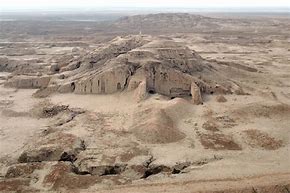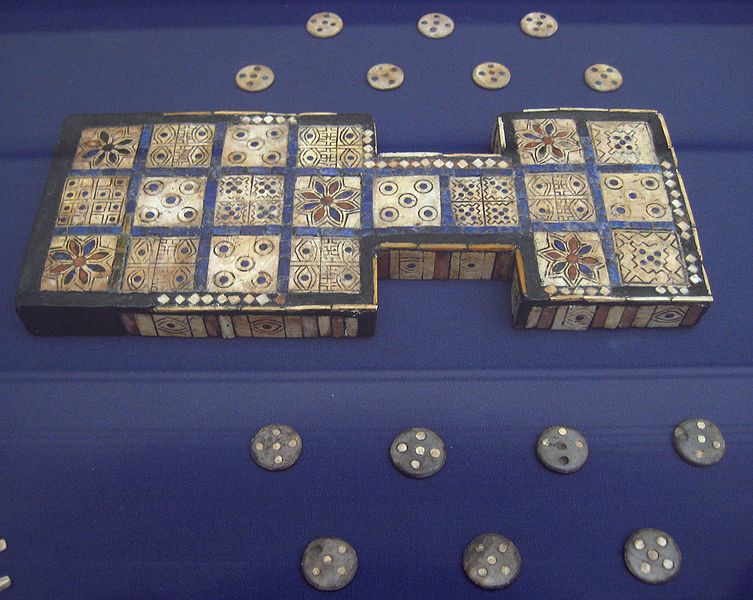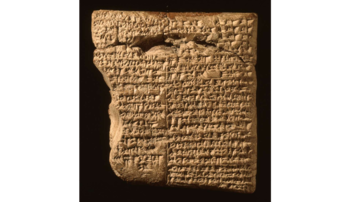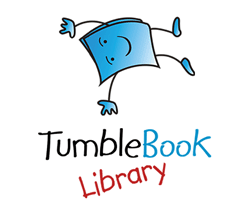
One of my favorite things as a parent was to delve into a subject my kids were interested in and experience learning new things with them. My favorite subjects they learned about were ancient history and archaeology. Before there were pyramids and mummies in ancient Egypt, there was another civilization, Sumer, in Mesopotamia.
The Sumerians ruled Sumer during the 3rd millennium BC, about 5000 years ago. One of their great cities was the city of Ur, located in the south of modern day Iraq. Ur was originally built on a harbor that connected it to the Euphrates river and from there to the Persian Gulf. It was a major trading center in its heyday.
By the time of the Greeks, in the 4th century BC, the harbor had silted up and the desert reclaimed the city. The city of Ur was lost for almost 2000 years and was only rediscovered after the World War I. In 1928 Sir Leonhard Woolley, an English archaeologist, discovered a royal cemetery while excavating at the site of Ur. In one of the tombs, he discovered the earliest complete example of a board game. He called it the Royal Game of Ur.

The Royal Game of Ur was immensely popular in the ancient world. Variations of it were even found in King Tut’s tomb in Egypt. This board, illustrated above, dates to between 2600-2400 BC and is made out of wood with inlaid shell decorations. It is hollow and has a little drawer at one end where the counters and dice were stored.
When Leonard Wooley found it, it had collapsed on itself. He repaired it at the site using melted wax and gave it to the British Museum in London. It did not come with a set of rules, but many years later, Irving Finkel, curator of the British Museum’s cuneiform collection, deciphered a clay tablet written in cuneiform that contained rules for the board game. This tablet is called the Rules tablet and is dated to 177 BC, more than 2000 years after the board at Ur was made.

Ready to try this awesome game with your family? Click on the links below to download a paper version of the game and the basic rules. There is also a link to a YouTube video of Irving Finkel playing the game with Tom Scott and discussing its history and the Rules tablet!
- Royal Game of Ur, color
- Royal Game of Ur, black and white
- Royal Game of Ur, rules
- Match between Tom Scott and Irving Finkel
If you would like to explore more about Ancient Mesopotamia, we have lots of great books for children and adults here at the library.
- Even though Irving Finkel’s book, “Cuneiform” is in the adult section of the library, it has wonderful pictures and an alphabet in the back so you can practice writing your name in cuneiform, the oldest known writing system.
- “Science in Ancient Mesopotamia” by Carol Moss is another fascinating look at the accomplishments of these ancient people for school age children.
- If your child is interested in mythology, check out this illustrated version of “Gilgamesh” by Geraldine McCaughhrean. There is a lot to explore and enjoy playing the oldest known board game!




